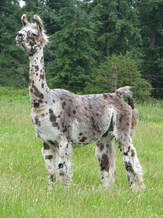 One of the most common questions on the Llama Group on Facebook is “What shears should I buy for my llama?” or “What clippers should I buy for my llama?”. We have taken some of the responses over the years and compiled them into a single article with our own opinions and experiences mixed in. It is important to note that hiring a professional to shear your llama is often the best choice. But if you are having trouble finding someone, or you are just the do-it-yourself type this will help get you started. Before we discuss any brands you'll have to decide if you want hand shears, clippers, or sheep shears. Hand Shears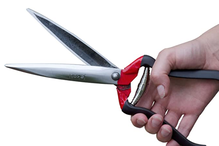 Positives
Negatives
Clippers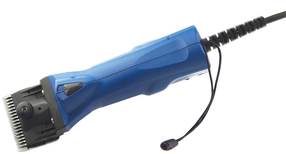 Positives
Negatives
Sheep Shears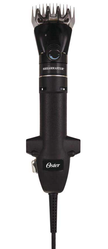 Positives
Negatives
Hand Shear Recommendations Click photo to see current pricing Click photo to see current pricing Many llama breeders recommend spring loaded fiskars scissors. They can be found on amazon and at many other stores. Because they are spring loaded it will save you at least half of the effort, not having to open the scissors back up after every snip. A sharpener can be purchased to keep them cutting at their best. Their tip is not especially sharp, lessening risk of puncture. They typically run $20 to $25. Click here to see current pricing on Amazon* 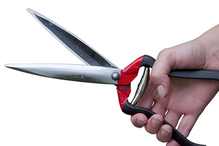 Click photo to see current pricing Click photo to see current pricing One llama owner spoke very highly of Jakoti Hand Shears. They are a bit more expensive ($70 at time of writing), but they have longer blades and a sturdier construction. They are also spring loaded and appear to have a blunted tip. Click here to see current pricing on Amazon* Standard hand shears that can be bought from your local farm store (or online) are not our top recommendation. They tire your hand out more easily, and they usually have a sharp tip that should be filed down to avoid puncture accidents. Clipper Recommendation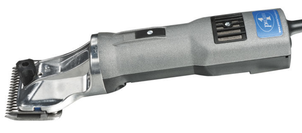 Premier 4000c The Premier 4000c has the most powerful motor of the three options we will list, but is also the most expensive. The 4000c is heavier and longer than the Lister options, though it does have a smaller grip. A bonus about the Premier machine is that you can buy both a shear head (4000s) and a clipper head (4000c) to go on the same motor and use them interchangeably. Click Here to Visit Premier's Website for Current Pricing The pricing on Amazon can be hit or miss, click here for current prices 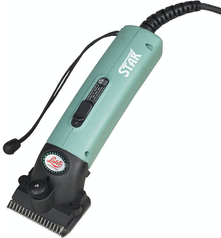 Lister Star and Lister Legend Lister has a few types of clippers, but the two most often recommended are the Lister Star and the Lister Legend. The Star is the smallest, lightest and cheapest, but has the least powerful motor. Many llama owners still use the Star with success. The Lister Legends fall in the middle between the Lister Star and the Premier 4000c in terms of size, motor, and price point. Click Here to Visit Valley Vet Website for Lister Star Current Pricing Click Here to Visit Valley Vet Website for Lister Legend Current Pricing Clipper Blades The Premier 4000c, Lister Star, and Lister Legend all can use the same blades. Premier tends to have the cheapest blades, and they will fit the Lister Star and Lister Legends. The “coarse” blade is recommended for llamas, but if you buy the clippers as a set they will come with a “fine” blade set. Sometimes a vendor will let you specifically request the “coarse” blade set with the purchase of the clippers. Click Here to Visit Premier's Website for Current Pricing Sheep Shears Recommendation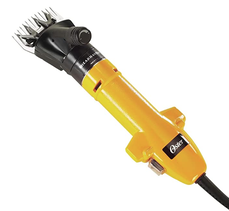 Oster Shearmaster A powerful motor at an affordable price. Personally, we also own babydoll southdown sheep, and I have strongly preferred shearing them with my shearmasters as they have more power to get through those dense fleeces. I imagine I would feel similarly about shearing alpacas. The primary complaint people have about them is that they heat up quickly, sometimes after only 1-2 animals. But if you’re committed to going with shears and you only have a few animals they are an economical option at $350. Click here for current pricing on Amazon* 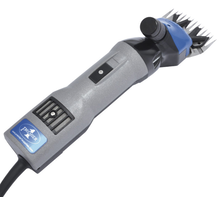 Premier 4000s One big perk of the Premier shears is that you can purchase a clipper head as well and swap them out. If you’re nervous to try the shears but would like to get there one day this could be a great option. They are the lightest weight of the three options, the easiest to grip, the quietest, and the least expensive of the group as well. At the time of writing they were available without blades for $320 or with a blade set for $350. They were the most frequently recommended sheep shears in the Llama Group threads we read through. A common complaint is that they can be a bit tricky to adjust tension on. Click Here to Visit Premier's Website for Current Pricing 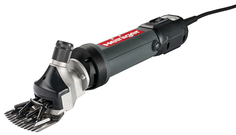 Heininger This was the choice of multiple professional shearers who do hundreds of llamas a year. They are the most expensive option, the easiest to adjust tension on, and are the heaviest option of these three. They currently offer three different models and the price is approximately $425-$450. Click Here to Visit Heininger's Website for Current Pricing Note: Heininger used to make Andis shears, but the Andis website now says they are discontinuing their shears. Andis shears can still be found on various third party sellers. 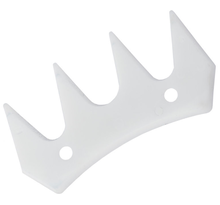 Combs and Cutters Not all cutters fit all shearing machines. Check to make sure you select the right comb for the machine you've selected. We have recently started using ceramic cutters. While these cutters are more expensive and can not be re-sharpened we have found that we can shear 15-20 llamas on one set of blades, which is outstanding. We purchase them from Premier. Metal combs and cutters are good for 4-10 llamas, and must be sharpened. Premier offers sharpening services, as do many other companies (feel free to mention your favorite in the comments section). Premier seems to be the best place to purchase blades, remember that a 20 tooth or higher comb reduces the chances of small cuts, in addition to giving a cleaner appearance. The trade off is that you have to move a little more slowly, and they tend to dull in fewer animals. Click here to see Premier's selection of combs and cutters. *Links to Amazon are affiliate links. If you click through these links and purchase the item, we receive a small commission. Please consider doing so to support our work.
0 Comments
Your comment will be posted after it is approved.
Leave a Reply. |
AuthorKyle Mumford is a third generation llama owner, and his family has owned llamas since 1980. Kyle and his wife Jerrika have a herd of approximately 25 llamas in Southwest Washington. Categories
All
|
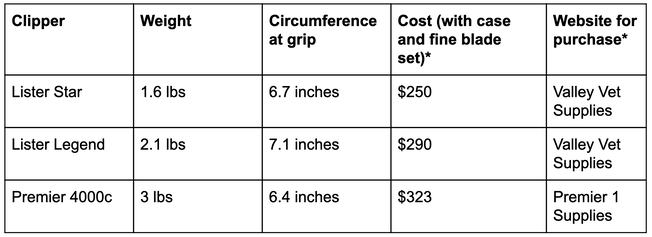
 RSS Feed
RSS Feed